Overview
The L2 ToRs are considered as replacements for FEXs. In earlier NDFC releases, you can add the Layer 2 ToR switches in an external, and connected to the Leaf switches in the Easy Fabric. The network overlay attachments were managed from the MSD domain as both Easy Fabrics with Spine/Leaf and External fabrics with ToRs were added to an MSD domain. From Cisco NDFC Release 12.1.1e, you can add L2 ToR devices in the same fabric as Spine/Leaf Easy Fabric. This allows a single configuration point for deploying and extending networks for a VXLAN fabric topology with L2 ToRs.
 Note |
It is not recommended to have a combination of FEX and ToRs in leaf switches due to scale limitation. |
An L2 ToR can be physically connected in one of the following ways:
-
Connected to a leaf through a port-channel
-
Connected to a vPC pair of leafs through vPC
-
Connected to one of the leafs in a vPC pair through a port-channel.
A pair of L2 ToRs can be configured in vPC. A ToR vPC pair can only be connected to a leaf vPC pair through back-to-back vPC (also known as Double-Sided vPC).
Description
ToR devices are added to an Easy_Fabric in the same way as all other devices.
ToR role must be set on ToR devices before Recalculate and Deploy.
Perform Recalculate and Deploy after any change of ToR pairings/unpairings.
ToRs must be physically connected to the intended parent leaf switches.
vPC Pairing should be done before Leaf-ToR pairings/unpairings.
ToR pairings/unpairings can be done on an individual leaf, or a leaf vPC pair.
Network Overlay association for ToR switches are managed from their parent leaf(s).
ToR ports are shown as additional Ports under leaf.
All intermediate configuration is transparently handled.
Deletion of a leaf will also delete all associated child ToR devices.
A leaf can be connected to many ToRs, but a ToR can be connected to only one leaf or leaf vPC pair.
On the Edit Fabric window, click the Advanced tab and specify the applicable fabric settings.
Spanning-tree Root Bridge Protocol: Choose the protocol from the drop-down list for configuring root bridge. Below are the available protocols:
-
rpvst+: Rapid Per-VLAN Spanning Tree
-
mst: Multiple Spanning Tree
-
unmanaged (default): STP Root not managed by NDFC.
 Note |
It is recommended to use mst protocol for L2 ToR. |
Spanning-tree VLAN Range: Specify the VLAN range. The default value is 1 -3967.
MST Instance Range: Specify the MST instance range. The default value is 0.
STP Bridge Priority: Specify the bridge priority for the spanning tree in increments of 4096.
Limitations
Interface Groups on L2 ToRs are not supported.
Brownfield import on L2 ToRs is not supported.
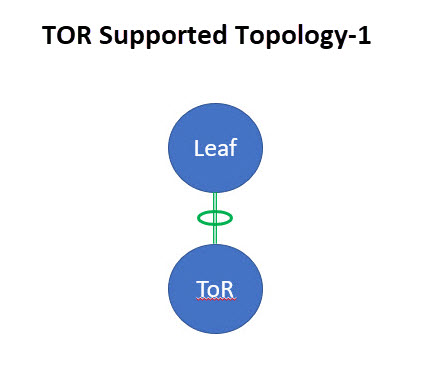
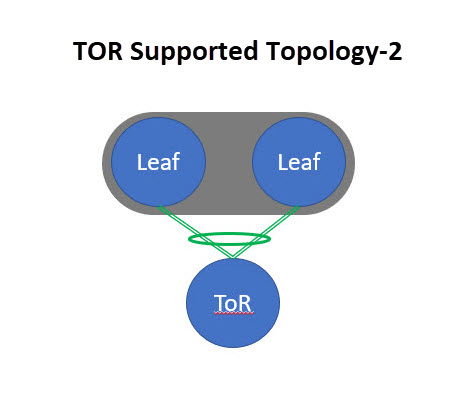
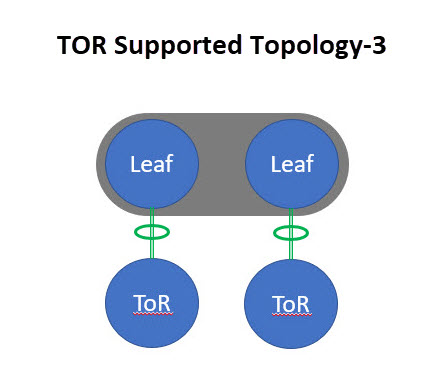
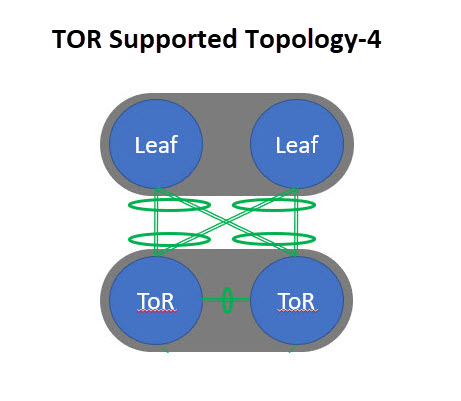
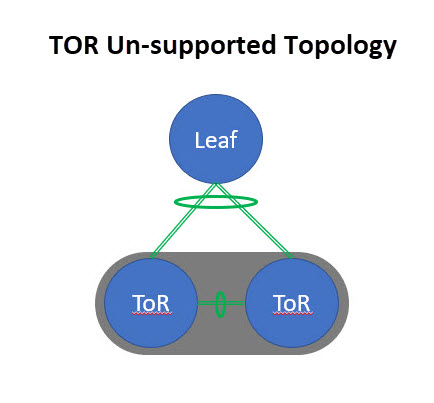
 Feedback
Feedback